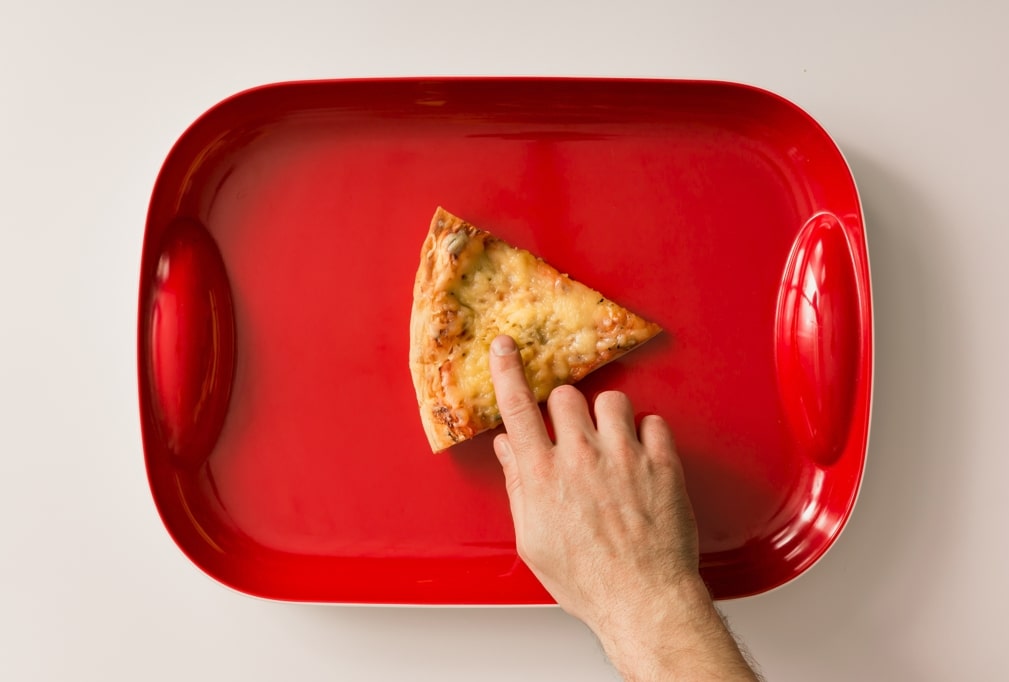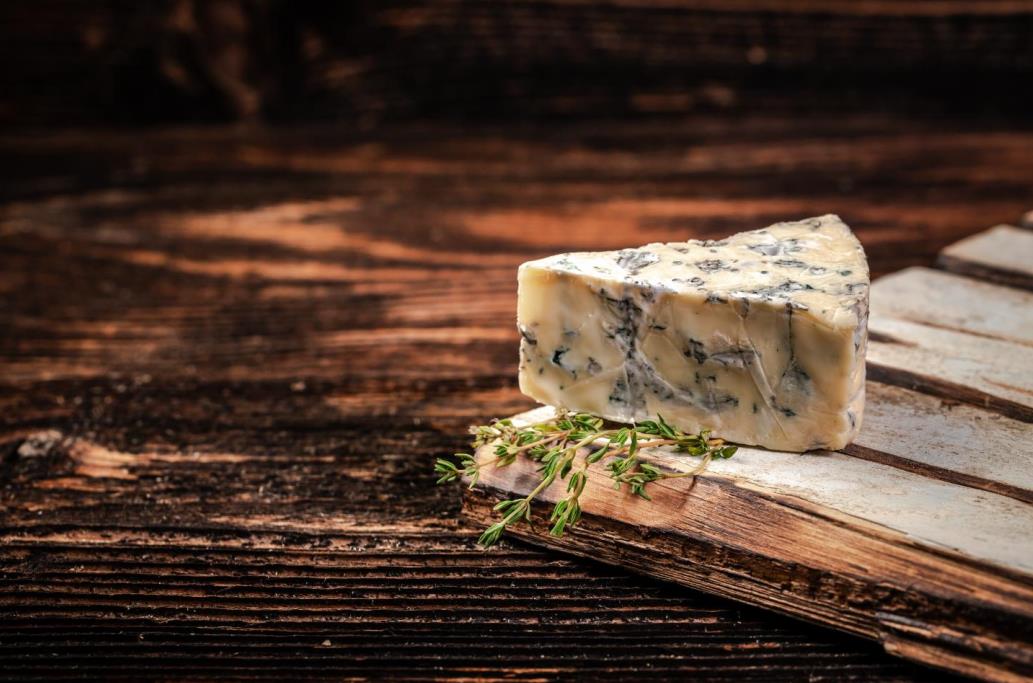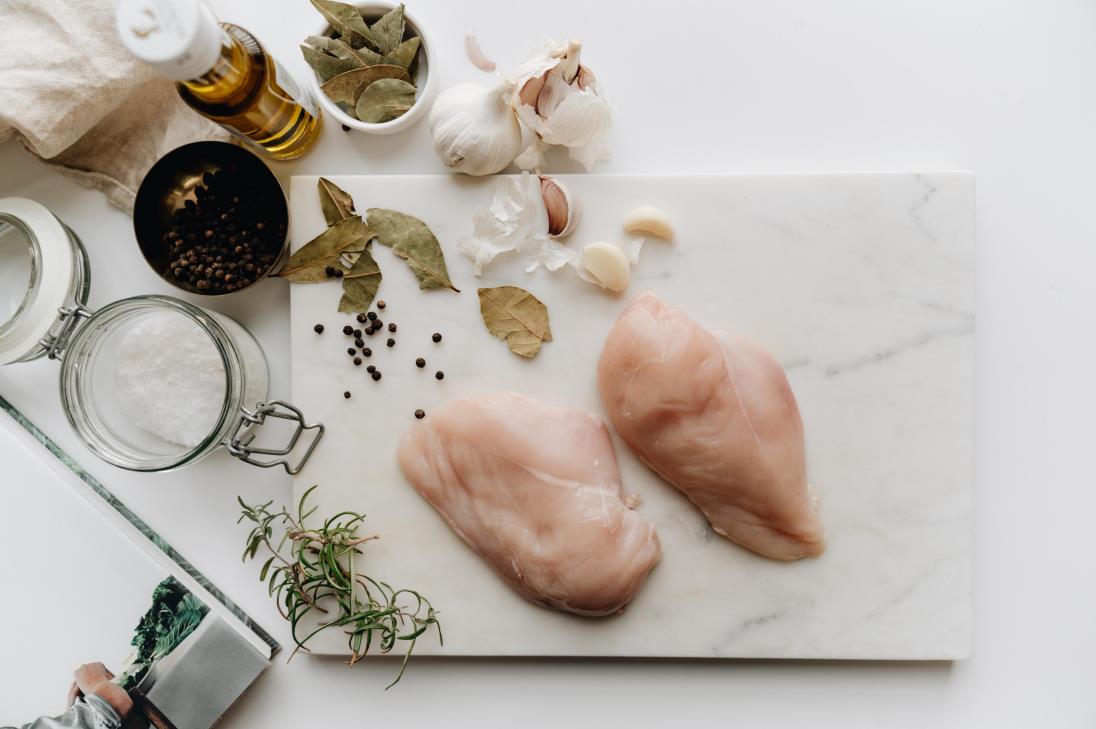Often, you’ll see poplar used to make furniture, trim work, and other projects that require strong adhesion. The wood is also inexpensive, making it a favorite among DIYers and woodworking enthusiasts alike. But is poplar wood suitable for cutting boards?
Poplar isn’t an ideal choice for cutting boards due to its softness. While it may hold up to the occasional chop or slice, repeated contact with kitchen knives will quickly wear down the surface. It’s also a highly porous wood that soaks up liquids and food debris, which can be a hub for breeding bacteria and other microbes.
This article isn’t to totally dissuade you from choosing poplar, but rather to make you aware of its limitations when used as a cutting board wood. We’ll cover what to look for in a cutting board, what poplar wood is, why it’s not suitable for this purpose, and recommend some studier alternatives.
Table of contents
Factors to consider when looking for a cutting board
We often overlook why having a good cutting board is crucial. After all, it’s just a board, right? Wrong. If you are an avid cook, you know that a good cutting board can make or break your culinary experience. You spend so much time preparing and cutting ingredients, so why not ensure you’re doing it on a quality board?
Here’s how to choose a cutting board:
Choose a knife-friendly cutting board
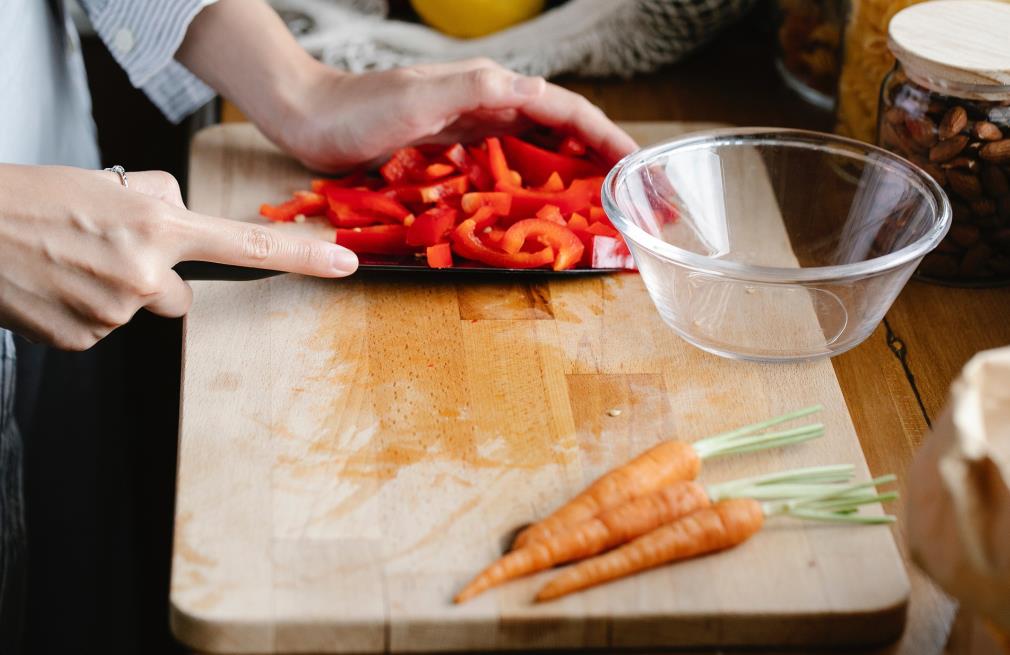
When we say “knife-friendly,” we mean one that won’t dull your knives. Different surfaces will have varying degrees of resistance. Ideally, the harder the surface, the more likely it is to dull your knives.
For instance, check the Janka Hardness Rating when buying wooden cutting boards. The higher the Janka rating, the harder the wood.
When buying a cutting board, look for something in the middle of the range (around 1500 LBF). A higher rating could be too hard on your knives, and a lower rating won’t stand up to everyday use. You can opt for plastic if knife wear is your main concern because plastic cutting boards don’t dull knives.
Choose a food-safe cutting board
When looking for a cutting board, you want one that is food-safe. That means it should be free of harmful chemicals and toxins which could make their way into your food. Look for boards approved by the Food and Drug Administration (FDA) as “food contact surfaces.”
Cleaning and maintenance
Ensure the board you choose is easy to clean and maintain. A board with crevices and hard-to-reach corners will be difficult to keep clean. We recommend getting a board with a juice groove to keep spills contained. You can read on cutting these cutting board care instructions for more information.
Durability
You don’t want a board that will warp and crack under the weight of your ingredients after a few months of use. It should also withstand exposure to moisture and heat and take on knives without forming scratches and dents.
Size and shape
The cutting board size and shape will depend on the amount of space you have in your kitchen. If you’re strapped for counter space, you can opt for a smaller board that’s easy to store away. The shape can range from traditional rectangles to more intricate designs like circles, so you can pick one that fits your style.
Cost or value for money
As with any purchase, you want the most bang for your buck. It’s best to research and compare the prices of different boards in the same category before deciding on one. Depending on the material, some boards may be more expensive than others.
Handpicked for you
True cutting power in the palm of your hand
What is poplar wood?
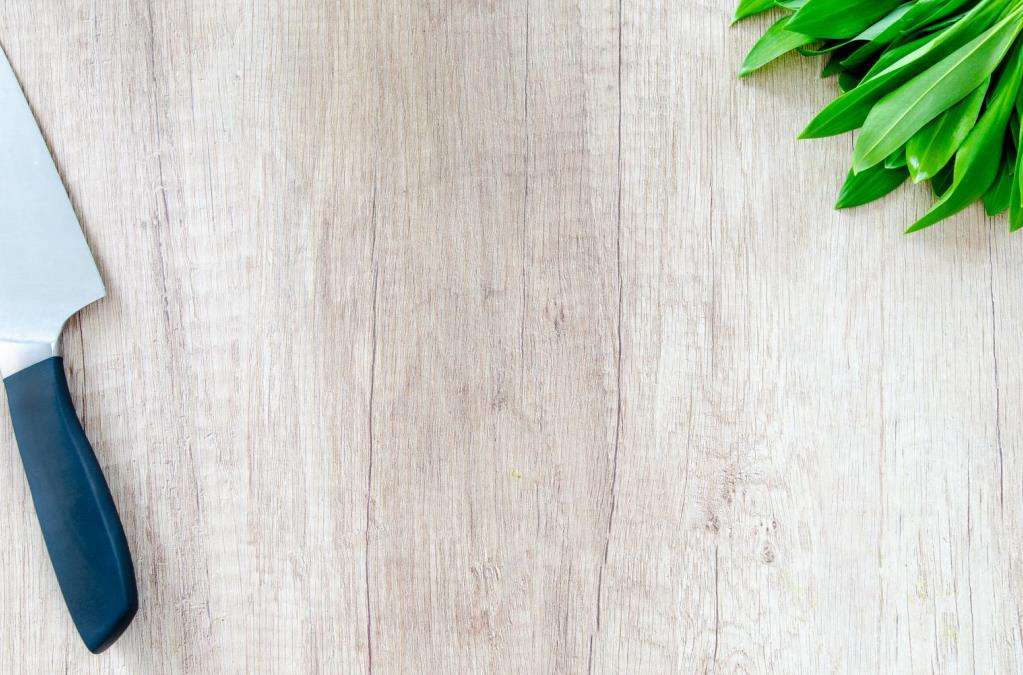
Poplar wood is a medium-density hardwood of the genus Populus native to the Northern Hemisphere, particularly in North America and Europe. Poplar trees are fast growers, often reaching heights of 50 to 160 feet, depending on the species.
Because they grow quickly, poplar trees are inexpensive compared to hardwoods of the same quality. Poplar is a softer wood, with a Janka hardness of 540 LBF (for comparison, hard maple has a hardness of 1,450).
Poplar’s heartwood is usually light cream to yellowish brown, whereas sapwood appears pale yellowish white. The texture of poplar wood is medium, with a straight, uniform grain pattern. It has a low luster and melting point, which makes it conducive to gluing and painting.
Is poplar food safe?
Poplar wood isn’t a food-safe material unless treated with a food-safe finish. The wood is highly porous and can absorb oils, food particles, and bacteria, making it potentially unsafe for food preparation.
If you have a cutting board made of poplar wood, it’s important to seal it with a food-safe finish like mineral oil, shellac, pure tang oil, or beeswax. The finish will help prevent the wood from absorbing food particles and bacteria.
But because poplar wood is so soft, it won’t hold up to much use. The surface will scratch and dent easily, making it difficult to keep clean and sanitary.
Is poplar wood good for cutting boards?
Poplar doesn’t have the durability and hardness required for use as a cutting board, so it’s not the best choice. It’s too soft to withstand constant chopping and slicing over time. After a few days of use, you’ll start to see scratches and dents on the surface.
Poplar wood density is about 0.42g/cm3, much lower than most hardwoods. For instance, maple’s density ranges from 0.63 to 0.75g/cm3, while oak is from 0.59 to 0.90g/cm3. The density of the wood directly affects its strength and resistance to wear. With such a low density, poplar simply isn’t able to serve as a durable cutting board.
Despite being in the category of hardwoods, poplar doesn’t naturally possess the same hardness and durability that other hardwood species have. Poplar is among the softest hardwoods at 540 LBF on the Janka scale. By comparison, white oak has a Janka rating of 1350 LBF, and maple has 1450 LBF.
Because it’s highly porous, poplar wood will also rot much faster. Exposure to water or any moisture can cause the wood to become moldy and swell. Eventually, there will be visible signs of decay on the cutting board’s surface.
What woods are great for cutting boards?
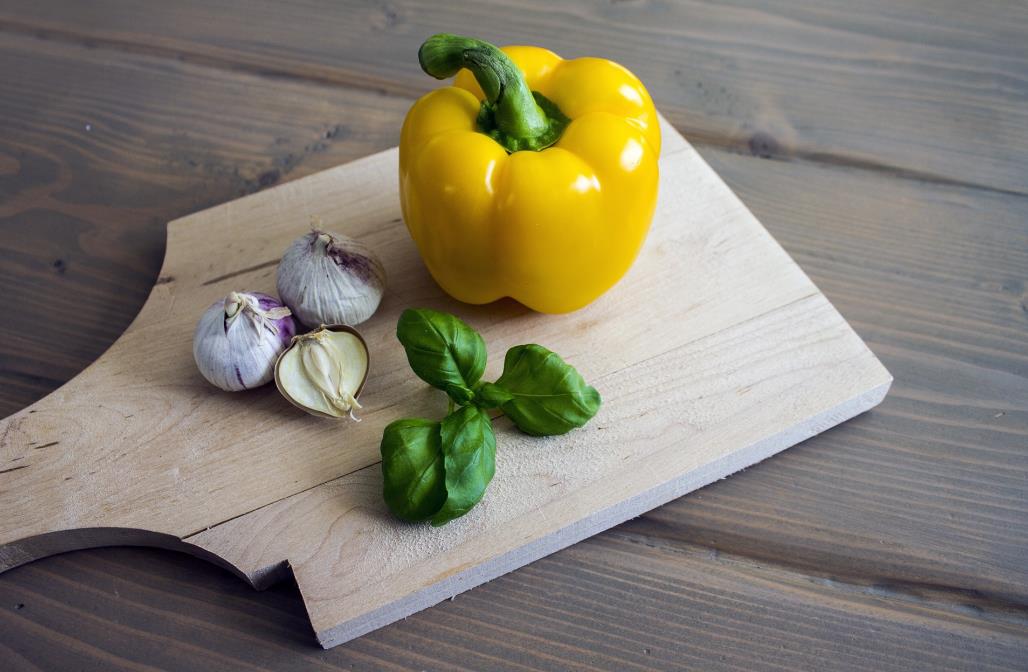
The best woods for cutting boards are those that can stand up to heavy use and still look good after years of regular use. They shouldn’t be too hard to dull your knives but hard enough to resist scratches and dents. Wood that is easy to clean and sanitize, resistant to bacterial growth, and non-toxic is ideal.
The following are some of our top picks for the best woods for cutting boards:
- Maple: Arguably the most popular wood for cutting boards, maple is one of the harder hardwoods. With a hardness rating of 1450 LBF and a high density, it can withstand heavy chopping and slicing without showing signs of wear. Maple is also easy to clean and won’t easily absorb food particles or bacteria.
- Teak: Teak is a tropical hardwood with high oil content. Often considered the gold standard of rot resistance, it will take years for a teak cutting board to show signs of wear. It’s also dense and has a Janka hardness rating of 1070 LBF, making it one of the harder woods perfect for cutting boards.
- Walnut: Walnut is a medium-hard hardwood that provides the perfect balance between softness and hardness. It has a Janka rating of 1010 LBF and is known for its deep, rich color. Your knife won’t get dull quickly when cutting on walnut, and it’s also resistant to bacterial growth.
Other woods that make excellent cutting boards include acacia, oak, and cherry. Bamboo isn’t wood, but it’s also popular for cutting boards. It’s antibacterial, strong, and has a natural resistance to water.
Closing thoughts
It is pretty clear that poplar isn’t the best choice for cutting boards. While it’s a relatively affordable hardwood, its softness and porosity make it less than ideal for chopping and slicing food. We hope that from this article, you now know what to look for in a cutting board. Choose wisely and get the right board that’s built to last.
When done with cutting boards, check out our store for discounts on high-quality high-carbon handmade kitchen knives. Don’t hesitate to check out our blog for more exciting content on different kitchen tools and accessories.








